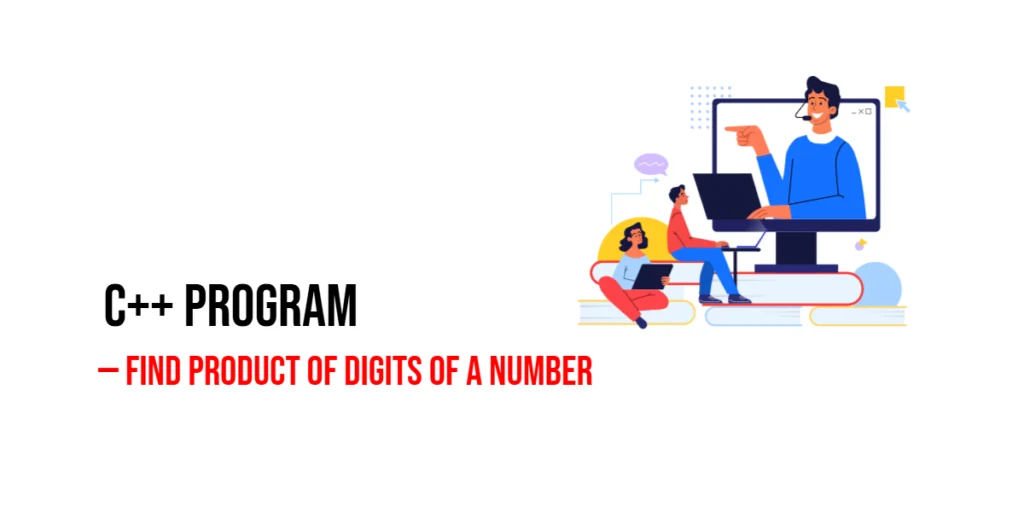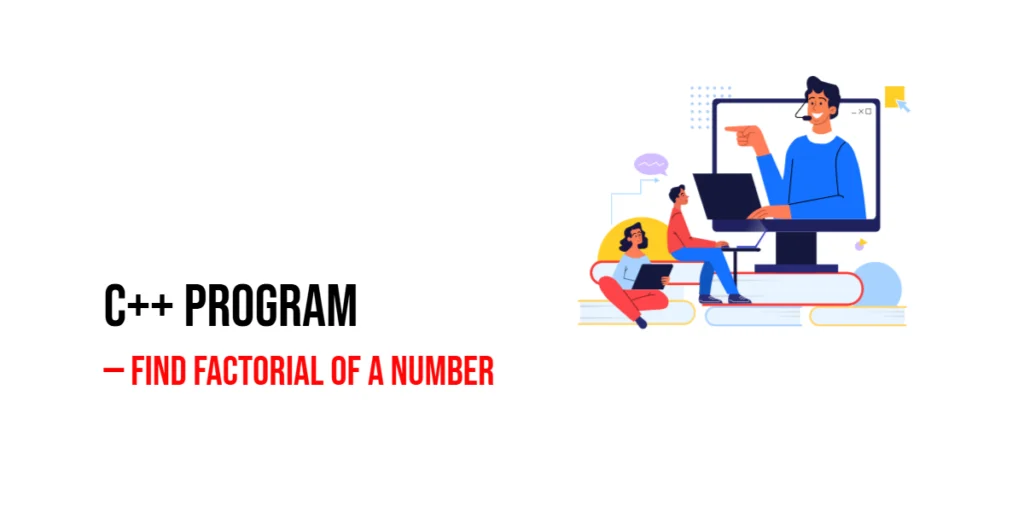C++ Program to Solve a Quadratic Equation
Quadratic equations are a fundamental part of algebra, appearing in physics, engineering, and computer programming. A quadratic equation has the form ax² + bx + c = 0, where a, b, and c are coefficients and a ≠ 0. Solving quadratic equations programmatically helps beginners practice arithmetic operations, conditionals, and the use of mathematical functions […]
C++ Program to Solve a Quadratic Equation Read More »









